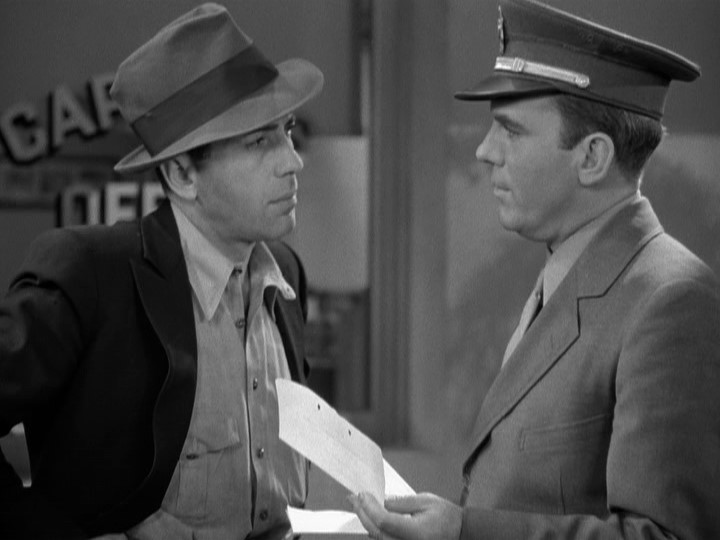Consul
Well-known member
An A/D made from a 555 timer:
http://www.bobblick.com/techref/projects/a2d555/a2d555.html
I found this in the course of looking for stuff related to DIY digital data acquisition. I don't know if it's useful, but it's interesting.
http://www.bobblick.com/techref/projects/a2d555/a2d555.html
I found this in the course of looking for stuff related to DIY digital data acquisition. I don't know if it's useful, but it's interesting.



